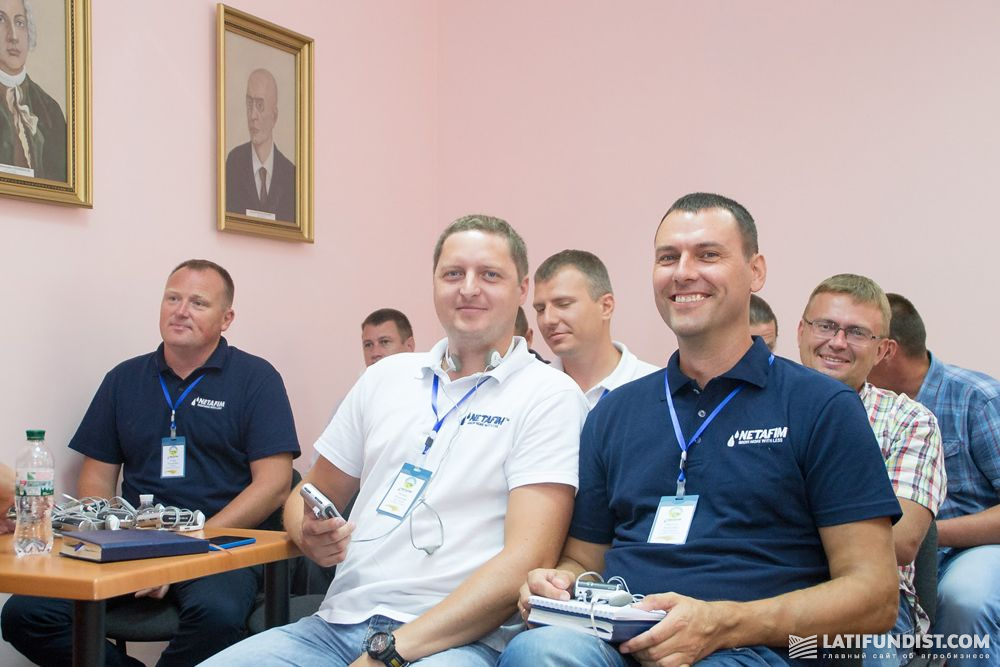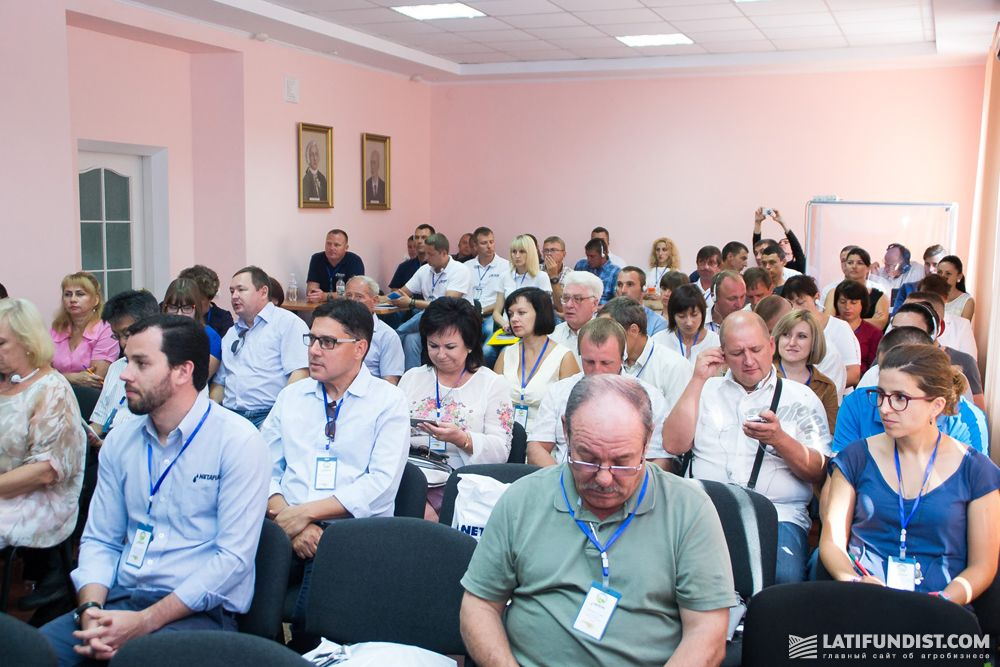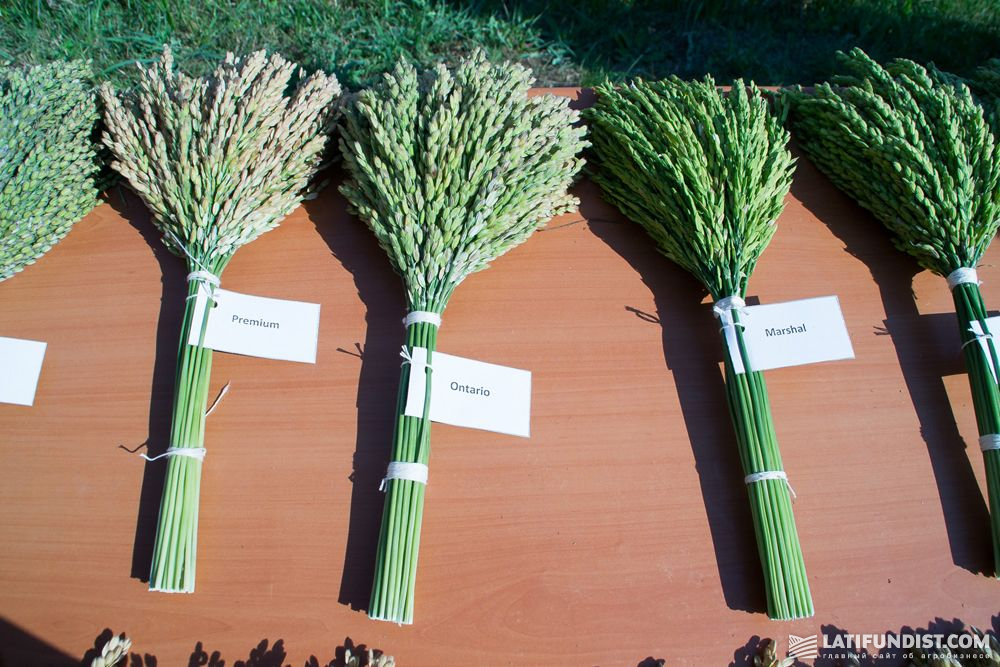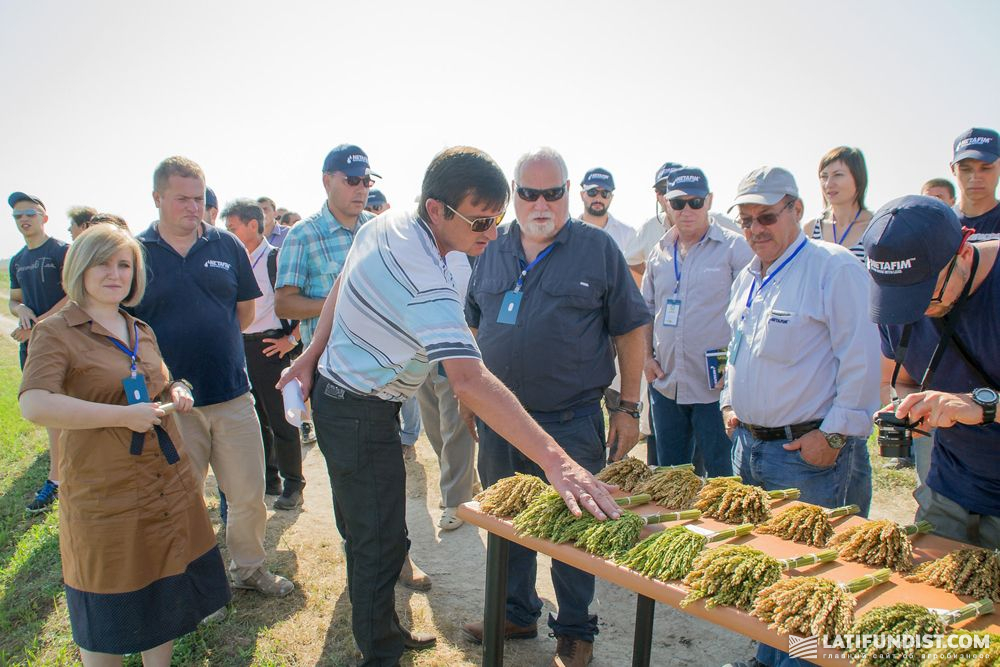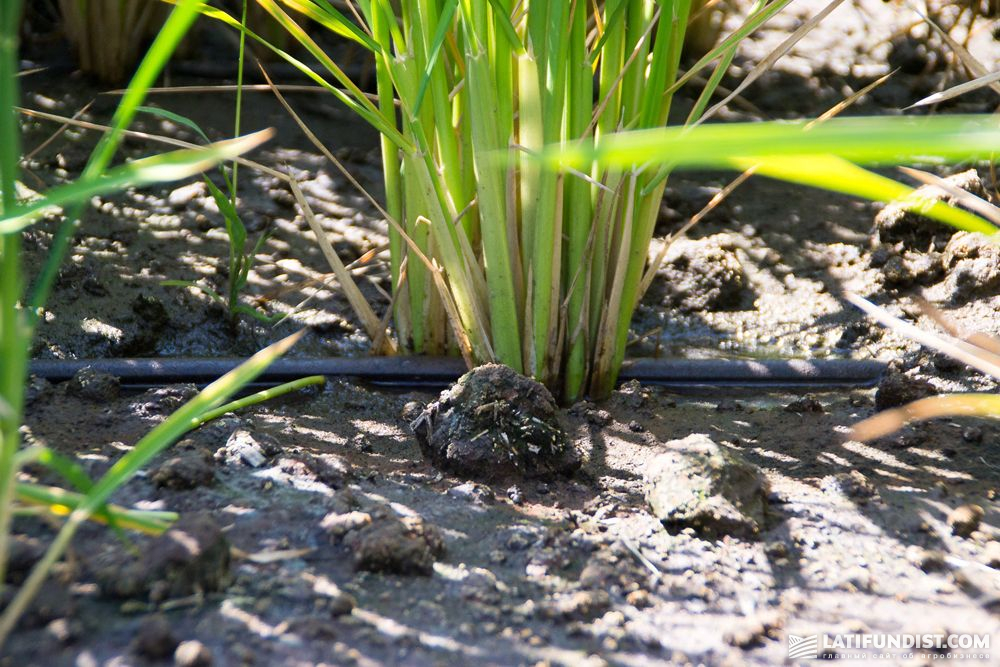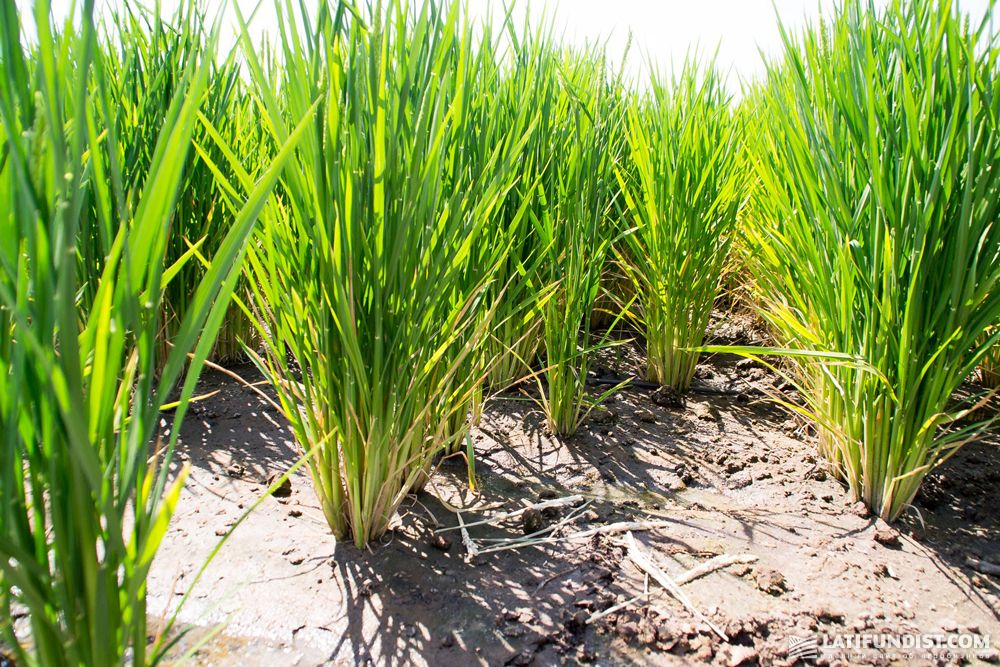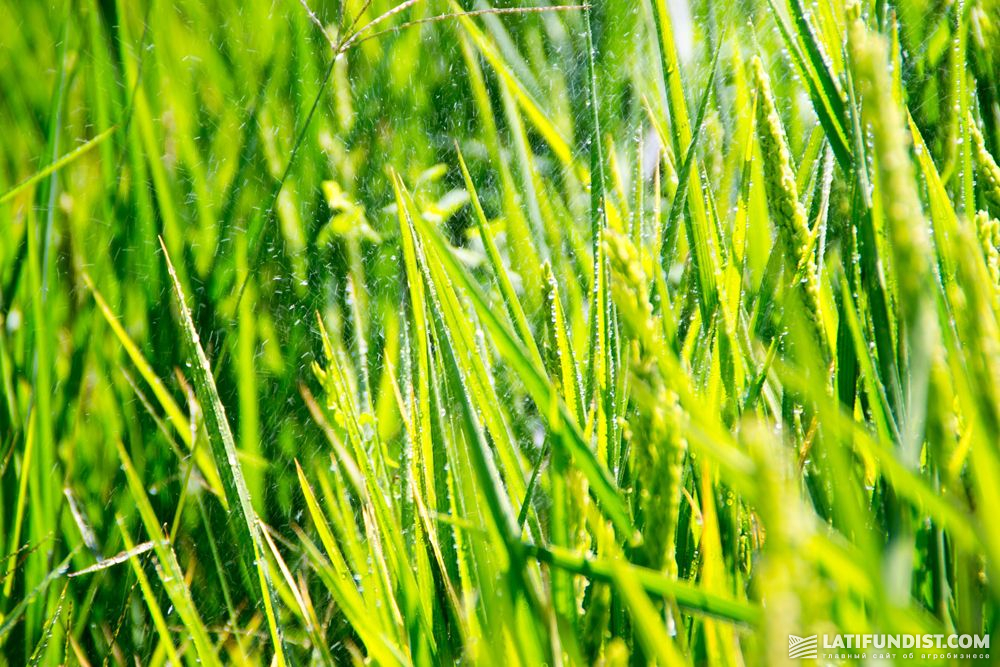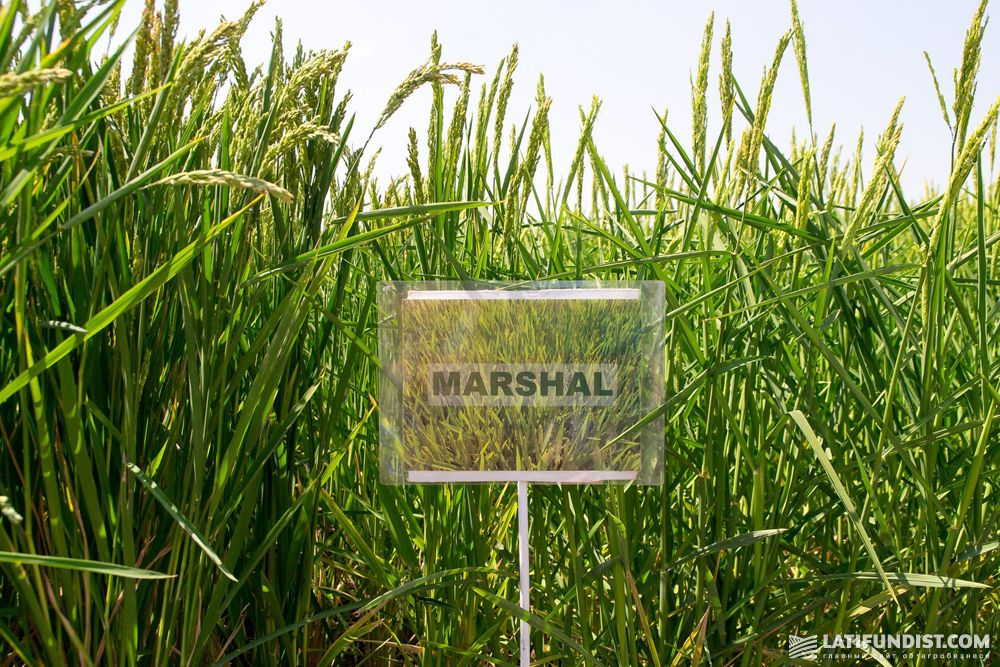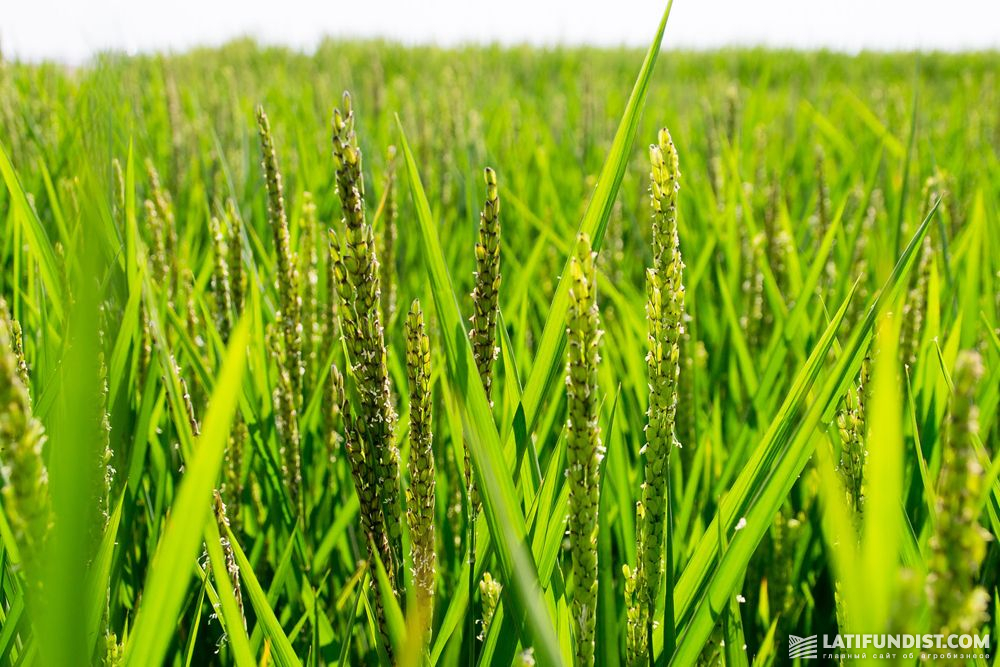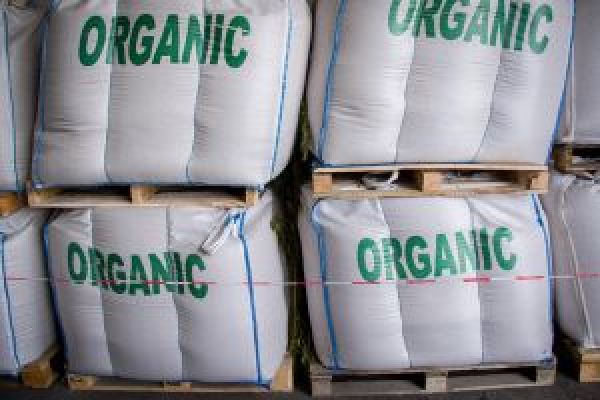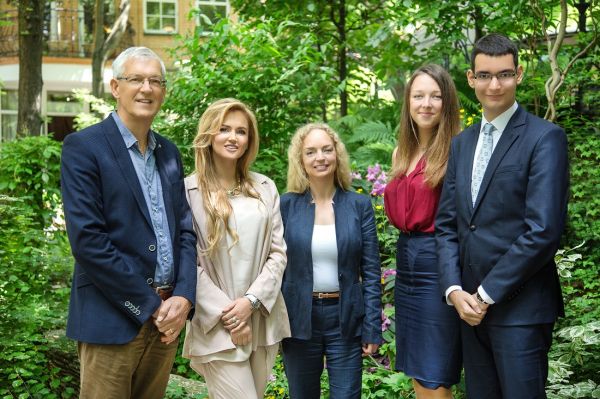To learn more about agribusiness in Ukraine, follow us on Facebook, on our channel in Telegram, and subscribe to our newsletter.
Rice Cultivation in 11 Countries
The International Workshop on Modern Technologies of Rice Cultivation, Global Food and Environmental Safety was held on 9-12 August in Antonivka of Skadovsk district, Kherson region. Workshop organizers are the Institute of rice of National Academy of Agrarian Sciences of Ukraine (NAAS), and Netafim Company — the global leader in smart drip and micro irrigation solutions. Latifundist.com attended a workshop and was watching everything happening closely.
Preamble
The venue for the International Workshop was chosen deliberately. The Institute of rice is situated here and has been engaging in research work in the field of rice cultivation for more than 50 years. Ukrainian office of Netafim is nearby, in Kakhovka.
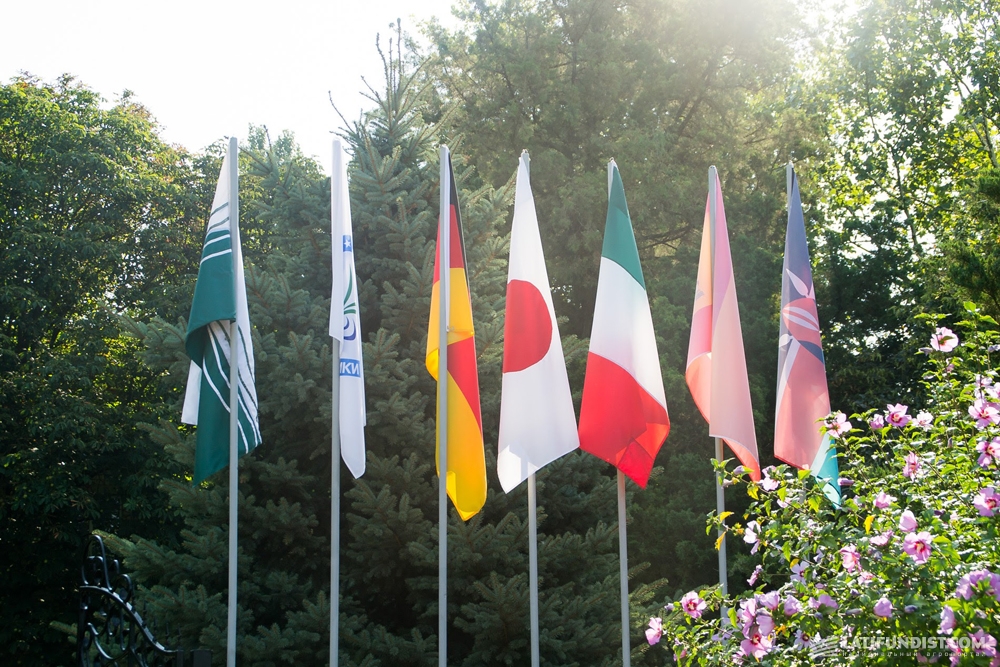
As a result of cooperation between Netafim Ukraine and the Institute of rice the full-scale experimental plots for rice cultivation were founded in 2015. It was for the first time in Ukraine. Nowadays there are 3 plots with a total area of 79 hectares under drip irrigation in Kherson and Dnepropetrovsk regions.
The problem is…
The workshop was opened by Volodymyr Dudchenko, Director of the Institute of rice.
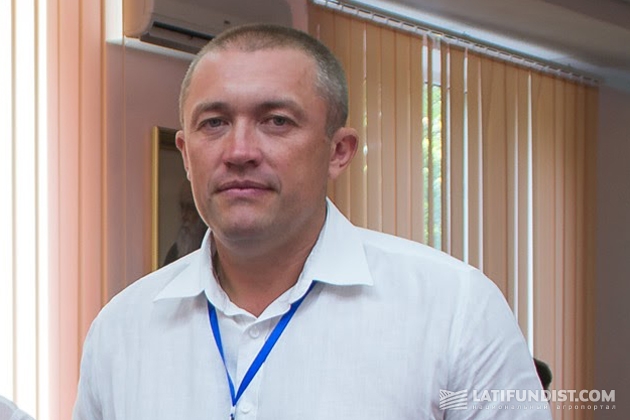
"As a result of breeding work 14 varieties of rice have been included in the State Register of Crop Varieties of Ukraine," — Volodymyr Dudchenko said.
Director of the Institute of Water Problems and Land Reclamation of NAAS Mykhaylo Romashchenko noted that Ukraine is able to feed 400-500 million people in the context of solving the world's food crisis. Nevertheless, such scenario should take into account that the area of dry and very dry zone in Ukraine increased by 7%, and the area of wetlands decreased by 8%. Modern irrigation systems are therefore of great importance for future developments in agriculture.
Corporate Agronomy Director Dov Raz in his speech focused on the purposes and activities of Netafim. The company operates in 110 countries. Its main challenges are:
-
Increasing yield;
-
Implementation of mechanized and IT-solutions for farm management;
-
Friendly attitude to the environment.
"Netafim Company was born out of a need to make the Israeli desert blooming," — Dov Raz said.
Agronomist, Head of rice and field crops R&D of Netafim Israel Elyezer Vered gave the presentation on technological features of rice cultivation by large and small farms. In addition, the speaker told success stories about Indian farmers cultivating rice on drip irrigation, who was able to save up to 25% of fertilizers and to achieve a rice yield at the level of 9-12.5 t/ha. Elyezer Vered raised the issue of growing organic rice.
"Nowadays producers of rice have a serious need for a transition from flood to drip irrigation," Director of Netafim Ukraine Serhiy Savranskyy said. According to the speaker, it is not only a breakthrough in rice cultivation it leads to saving water and money. Also, it has an enormous positive environmental effect.
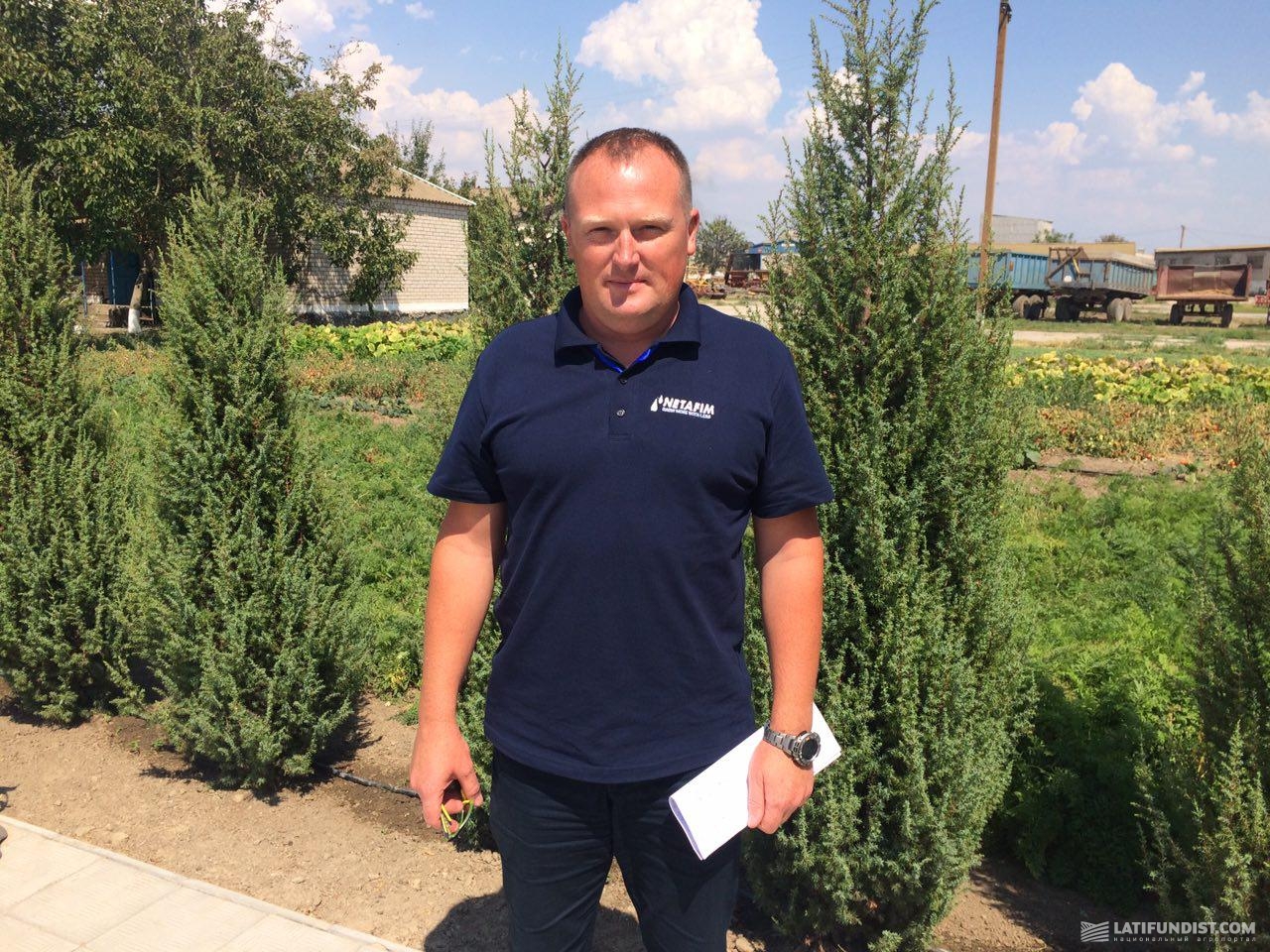
Rice from Japan to Brazil
Professor of Kagawa University (Japan) Masanori Toyota expressed concern about trends in reducing annual consumption and production of rice and continuing decline in prices.
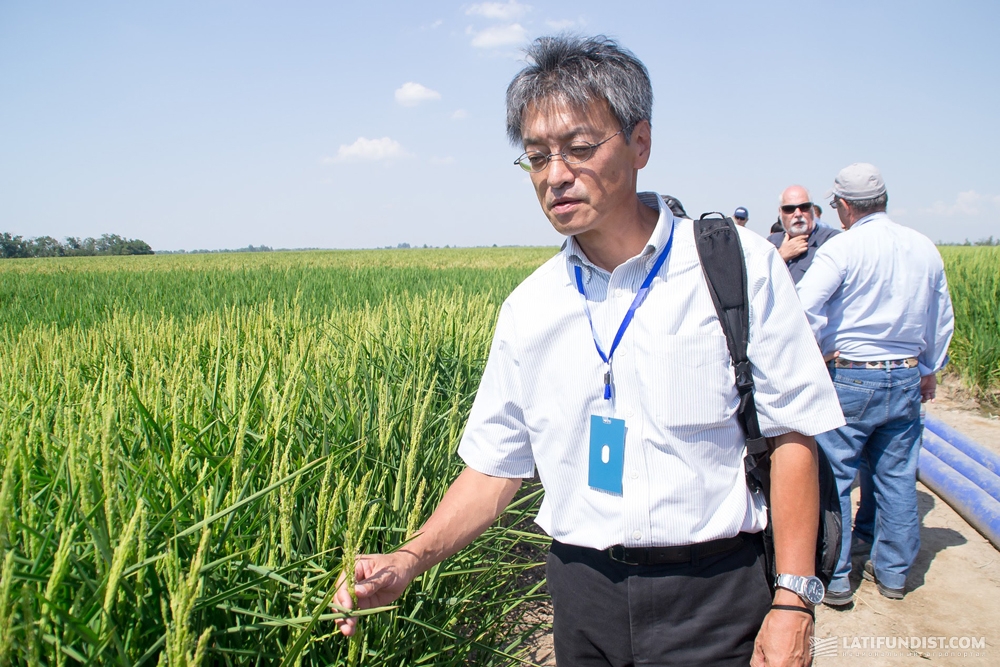
"To prevent the overproduction the government gives farmers subsidies if they agree to reduce acreage under rice subsidies," — Masanori Toyota said.
In the speech, Masanori Toyota explained how a perfect rice looks like and its biological characteristics.
Laura Rovira Pigem, Agronomist Agrupació de Defensa Vegetal de l ' Arròs de Pals (Spain), presented the results of growing rice in aerobic conditions in Catalonia using a drip irrigation system.
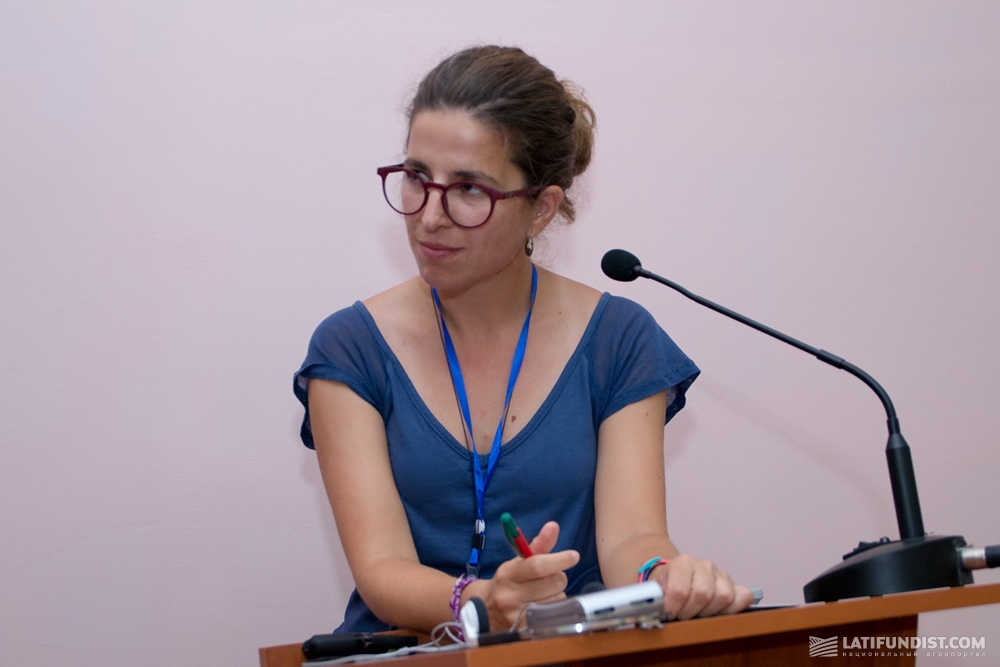
Federico Dragoni, Postdoctoral Research Fellow at Institute of Life Sciences of the Scuola Superiore Sant'Anna (Italy), noted that the arsenic content in the grain, culm and roots of brown rice under drip irrigation in 5, 10, 150, and 7 times less than in case of flooding.
Chief Agronomist of Netafim Türkistan Kivanc Sarlar shared experience in growing rice with drip irrigation. The speaker noted that the area under rice crop in Turkey had almost over doubled the last ten years. According to Kivanch Sarlar, Netafim Türkistan plans to cooperate with farmers in growing rice on drip irrigation.

Agronomist of Netafim Israel Eyal Fraidman said the herbicides used in rice production were the most detected in surface and groundwater. The speaker presented the detailed scheme of processing of rice crops from weeds under drip irrigation.
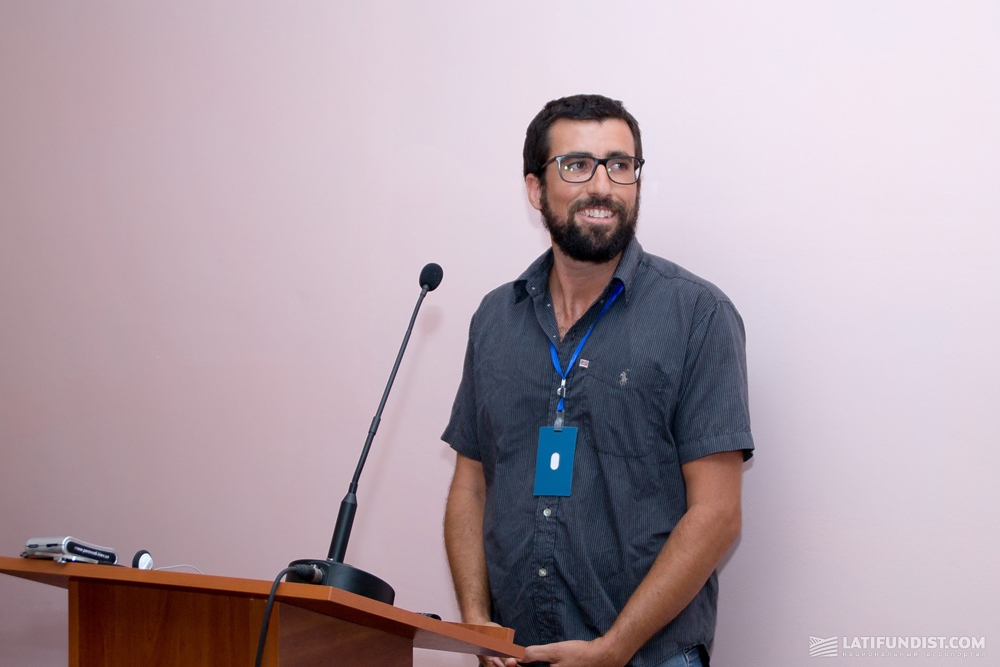
During the speech of Nico Heineman, Service provider for Netafim Deutschland GmbH, the participants witnessed the first trial of researchers from Germany in the rice cultivation, made thanks to modern irrigation systems and success of other European countries. This year, for the first time in Germany the area under rice is 2 hectares.
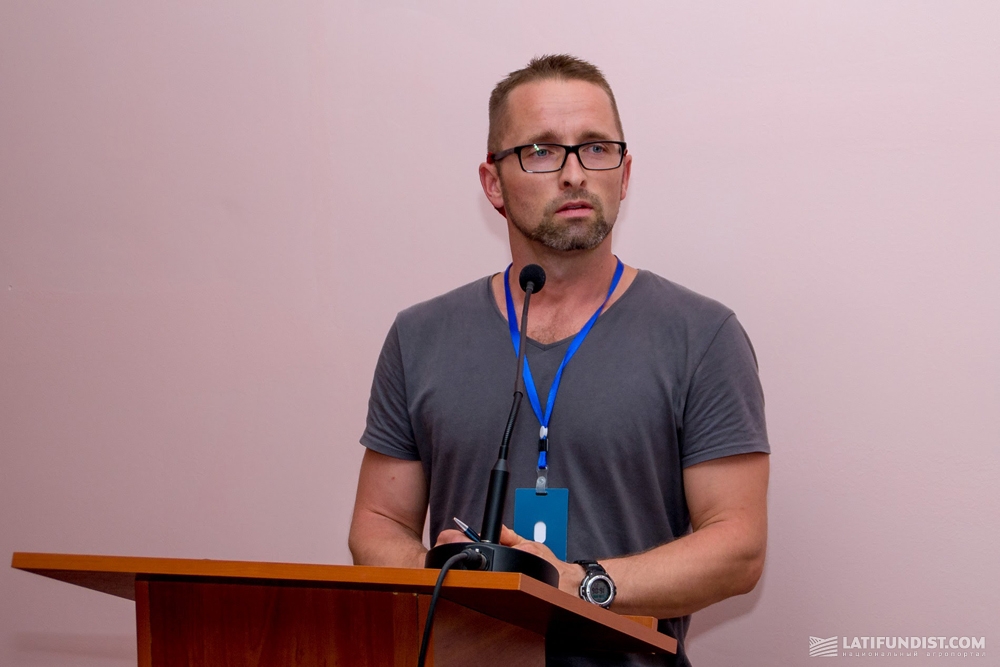
Rice grown with drip irrigation has a low content of arsenic, which increases the price and makes the crop more favorable for producers. This rice is used for the production of dietary and healthy food and also rice milk for baby food.
Nico Heinemann grows varieties of the Institute of rice of NAAS. Due to climatic similarity between Ukraine and Germany, they are most suitable for trials.
Seeds were sown under the black bio-film, which was made from corn and would decompose eventually. As Netafim takes a comprehensive approach, and a special machine was made for the trial in Italy. It was used for sowing with the simultaneous laying of the drip tape, mulching film and cutting holes.
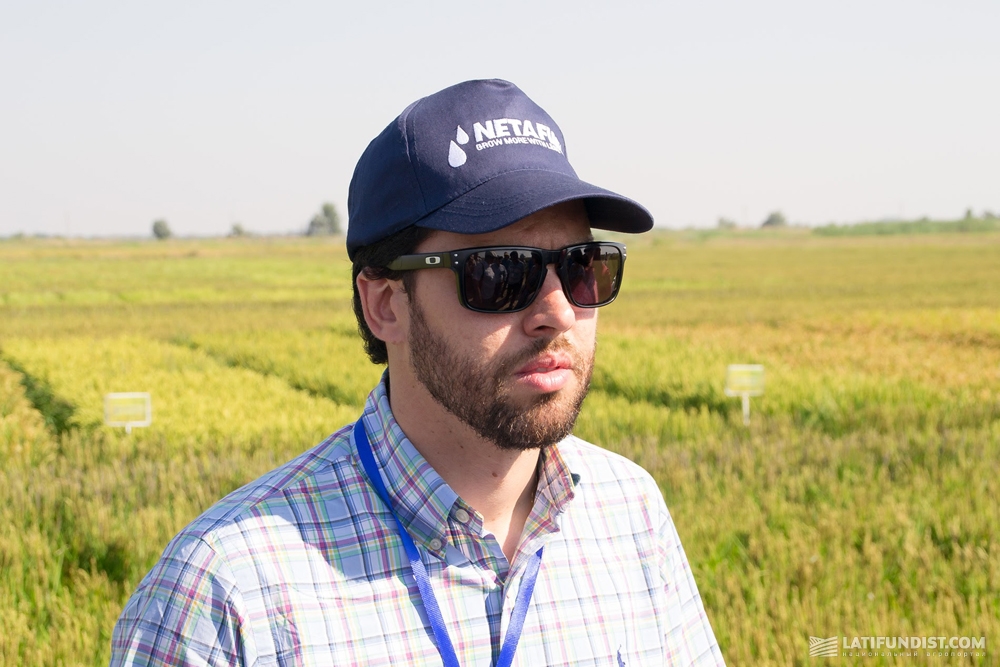
Agronomic Manager of Netafim Brazil Carlos Sanches presented the traditional country model of rice cultivation with flooding. In addition, he focused on the results of the rice production under subsurface drip irrigation in the area of 100 ha. Netafim Brazil has been running with this modern and popular technology for several years.

Unfortunately, Agronomic Manager of Netafim India Rajagopal Sabarinathan could not have taken part in the Workshop, and prepared materials were presented by Elyezer Vered. According to the research, the main environmental problem of traditional irrigation is a wastage of water. In Tamil Nadu it is 4,250 million cubic meters. The next important problem is the emission of greenhouse gases. It is estimated that 1 ha of rice under flooding for 4 months of the growing season throws 200 kg of methane. Modern drip irrigation systems can solve these problems.
Innovative experience of Ukraine
Andriy Polenok, Head of the Technology Department of the Institute of rice, said that the total potential areaof rice in Ukraine is 255 thousand hectares. A lack of rice at the level of 50-60% of the total consumption and high prices on rice in the domestic market and also drip irrigation can help to realize this potential. Drip irrigation system per 1 ha costs 60% cheaper compared to traditional technology.

Because of crop rotation, the experimental plots for the cultivation of maize and soybean on drip irrigation were founded. It is said that the rice can be returned to its former place not earlier than 4 years. It is, therefore, important to determine crops, which are most effective with drip irrigation in rotation with rice.
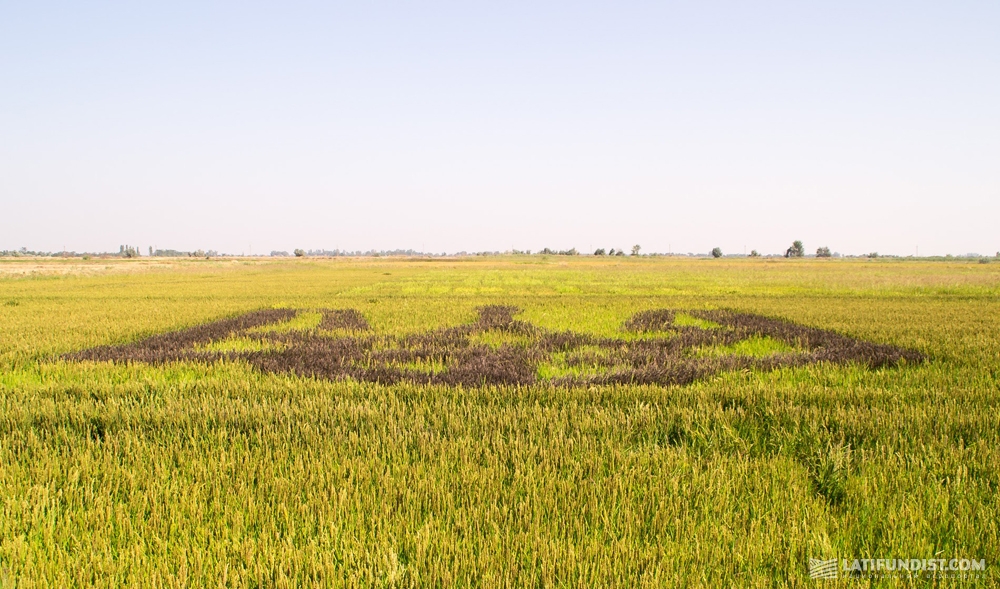
The second day of the Workshop began with a visit to the experimental plot No. 1, where everyone could see Ukrainian varieties of rice. There is a huge trident in this field, the experts of the National Register of Records of Ukraine recognized it as the biggest state emblem sown with black rice. The length and width of the emblem are 24.7 and 16.4 m, respectively.
The next item on the agenda was the scientific reports, which took place in the conference room built right into the field. Participants sat on the benches made from hay and covered with burlap.
A visit to the experimental fields No. 2 and 3 was the final event of the International Workshop. The depth of research on rice farming, drip irrigation, conducted both the Institute of rice and Netafim Ukraine amazed foreign guests as the cultivation of rice on drip irrigation is a new technology, a huge step forward for rice cultivation.
Participants saw test results of different depth (0 and 30 cm), methods of laying (along the row, perpendicular to the row, and even diagonally) of the drip tape, and the use of different types of mulch films – both traditional and biological, made from corn. Here, scientists do the monitoring of the mobility of nitrogen in the soil, as well as the analysis of doses, methods of application and effectiveness of fertilizers applying them with irrigation water during fertigation. Irrigation systems allow farmers to protect plants from diseases, pests, and weeds. To top it all off, the technology of trials based on the use of 5 seeding for 9 varieties.
The plots for studying the efficiency of growing corn and soybeans in crop rotation on the surface (5 cm) and subsurface (30 cm) of drip tape were presented to the guests of the workshop.
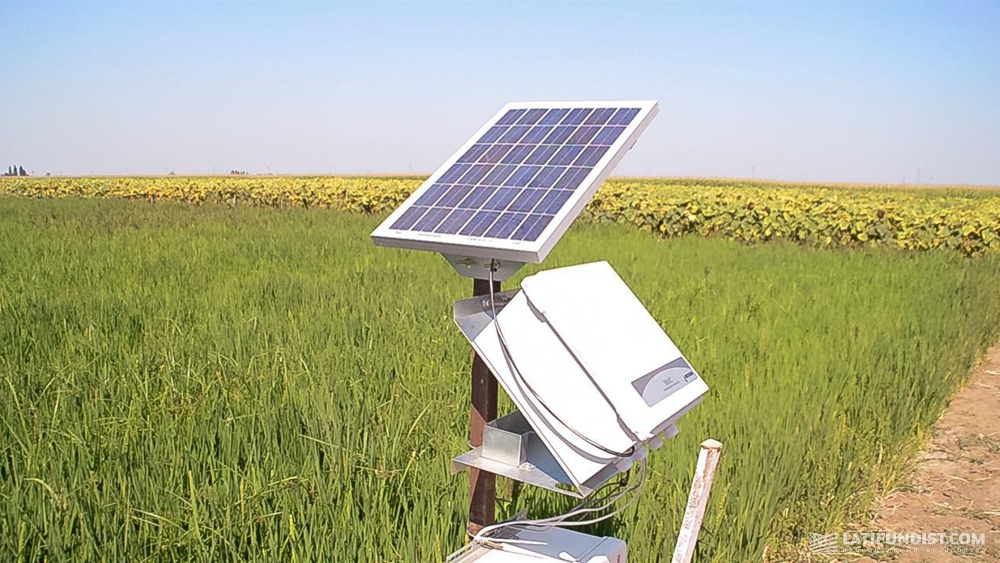
Here visitors can see a smart energy-independent system of drip irrigation of rice crop. This machine allows to carry out and regulate watering without human intervention by solar energy.
Finally, the rice planting area of 32 hectares with drip irrigation was shown to the participants. Plants in this field are more green, powerful, tall, bushy. Participants actively debated on the yield of experimental field, some of them were counting grains in panicles. By estimate, the rice harvest can be 9-12 t/ha depending on the variety.
All field day, participants had a discussion. No one missed the opportunity to ask questions to the organizers of the workshop who are well experienced in rice cultivating.
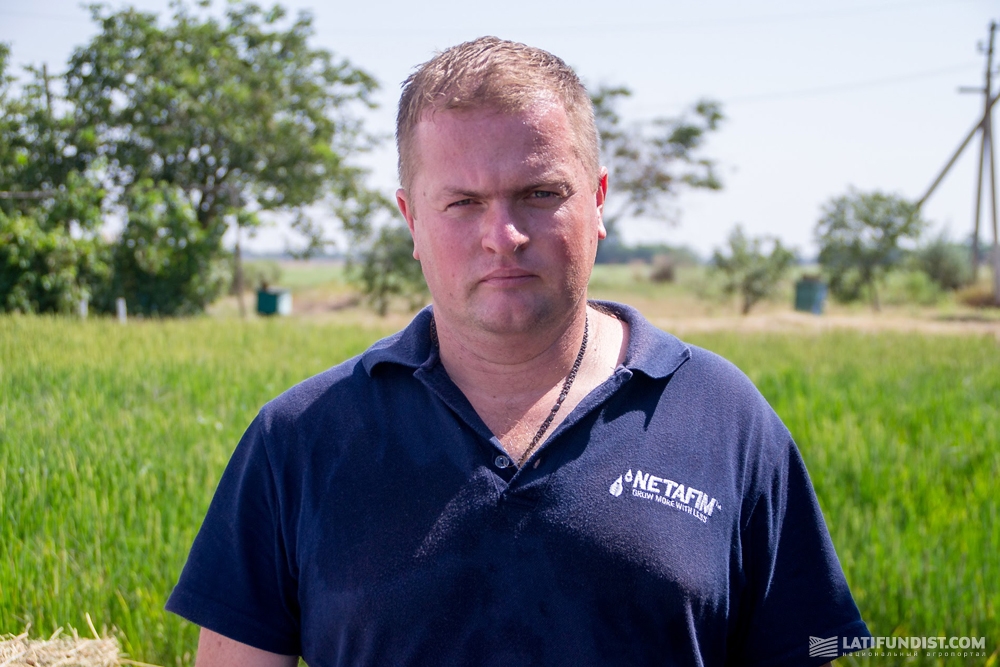
In an interview with Latifundist.com, Agronomist of Netafim Ukraine Anatolii Kuzmych emphasized that the main competitive advantage of the company is the high-quality products and individual approach to client, which took into consideration the features of the topography, soil, configuration of fields, the type of emitters, pumps, filters etc., that lead to the best results. Cooperation with Netafim means providing all clients with a full support. "The future for our company is an innovation and expanding the range of crops grown with drip irrigation," Anatolii Kuzmych said.
The International Workshop has had a great success and a large value for rice producers not only from Ukraine but also from around the world. After all, during the workshop, the foreign guests have seen not just the results of hard work carried out jointly by Institute of rice and Netafim Ukraine, but also a new concept in the rice cultivation.
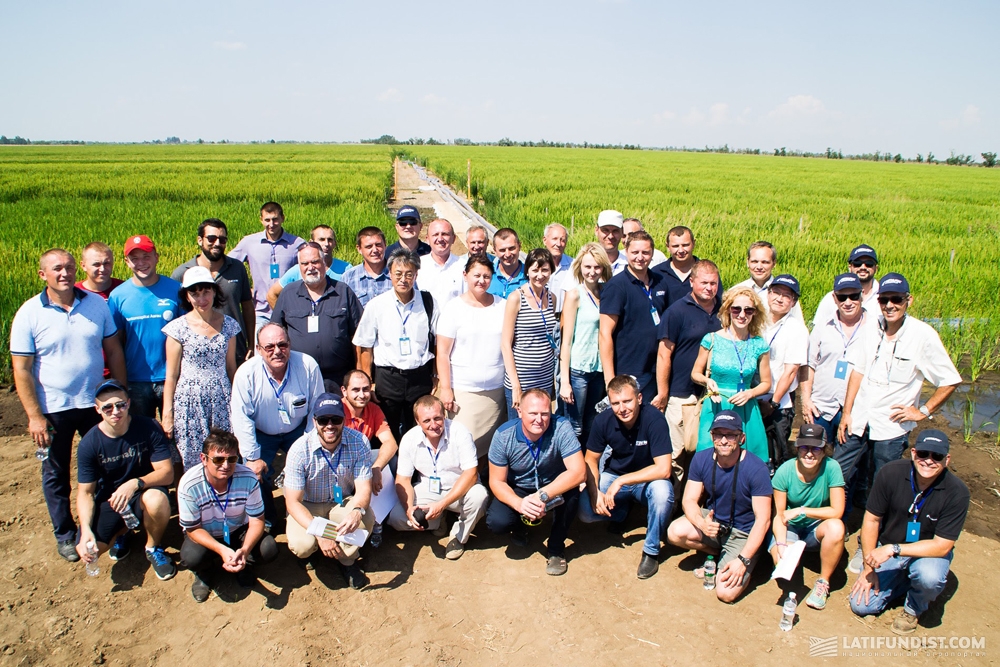
Viktoriia Kremen, Latifundist.com



